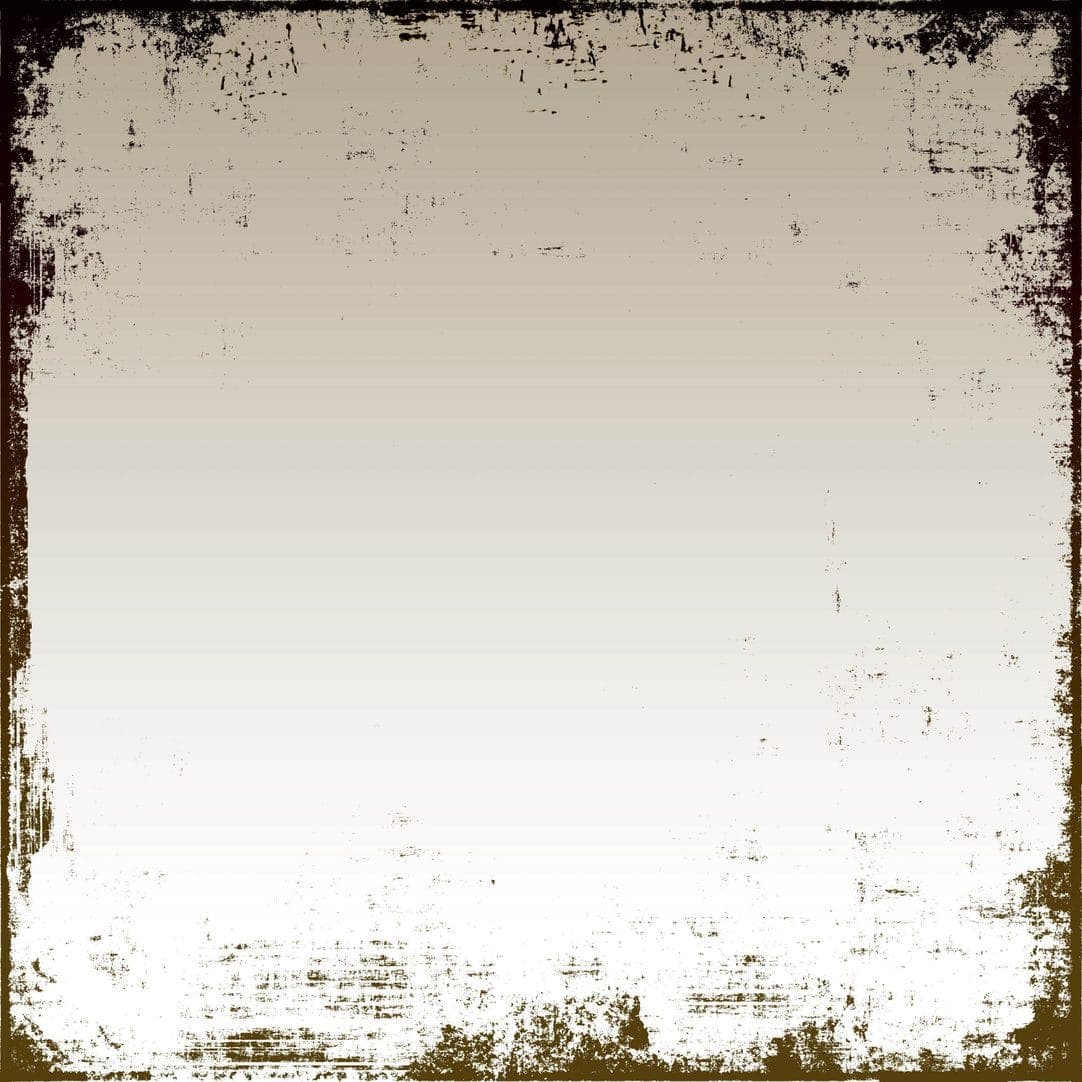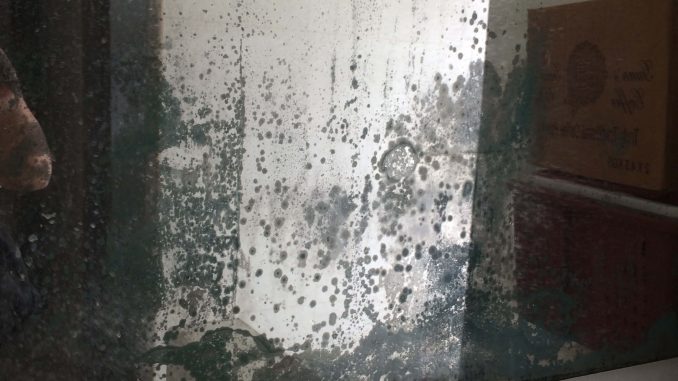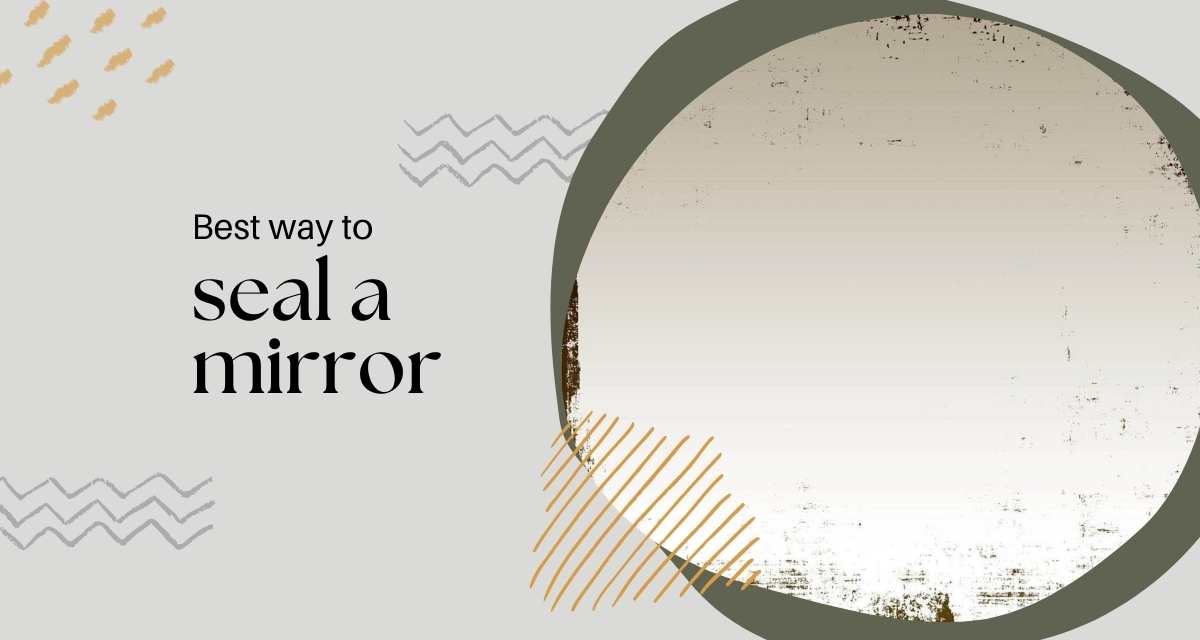Sealing a mirror is a very important task if you want to maintain the aesthetics of your home. In the modern days of home decoration, mirrors are not only an essential but also a very important addition to the beauty of your house.
A bathroom is never complete without it on the wall to help you shave or brush properly. You can use the positioning of it and frames to enhance the beauty of your bathroom. But we often see dark spots forming on the edge of the mirrors. In this article, we will discuss the reason for these dark spot formations and how you can get rid of them.
What is Mirror Desilvering?
Before proceeding any further, we need to discuss the structure of a mirror and what causes the silver in the back to be removed. A glass as it is has very little amount of reflective properties. A pure shard of glass can only reflect about 4% of the light that comes in contact with it.
The rest of the 96% of the light is mostly refracted with a tiny amount being absorbed. So you cannot use the reflection of glass to create an image. The mirrors used in ancient times were not made of glass at all, they were actually highly polished metals.
The modern method of creating them with glass and silver came around in the 20th century. The term silvering does not mean that it is a must to use silver. Rather it means coating a side of it with elements similar to the similar.
As an example, aluminum is one of the highly used materials used as the coating substance in the silvering process. This silvering prevents the light from passing through, making it reflect almost 99% of the light and create clearer images.
If you have seen dark spots on your mirror, mostly around the edges, it is called the delamination or desilvering of a mirror. And there is a reason why your bathroom mirrors tend to have more dark spots than the ones in your living room.

The primary reason for desilvering is water and moisture. The bathroom mirror usually comes more in contact with water than other mirrors. It might be due to the heavy amount of water contacting it, the steam from the hot showers, or a leaky wall.
The waters gather around the edges of them. From there the water comes in contact with the silvering on the back and causes damage to it, giving it a black-like color. These damages are what we perceive as black spots on the mirror from the front side.
What is Sealing a Mirror
Sealing a mirror means doing the silvering process all over again or using different methods to fix the damage done to the silvering. The best way to seal it is to make it go through the silvering process all over again.
This means taking out the old silvering and replacing it with a new one. Doing this is almost the same as making it a completely new mirror. But This process is a bit costly and it is hard to find someone who will redo the silvering for you.
If the silvering in mirrors is not very high, you can fix it using a few types of equipment in your home. There are mainly two main parts to sealing a mirror. The first one is to repair the damage that has been done to it. And the next part is making sure the silvering does not get damaged again.
How to Seal a Mirror
The dark spots in mirrors are caused by two different reasons- the cracks and peeling off of the silvering, or the water damage around the edges.
Dealing with Cracks
When it comes to dealing with cracks in the silvering, you can fix it by yourself if it is still in the early stages. If the number of cracks becomes high, it can be fixed by professionals only.
They will most likely scrape off the remaining silvering and add a new one on the back to make it seem new. But this might cost a little high. So unless you have a very expensive mirror or a mirror with sentimental value, it is wise to just buy a new one and replace the previous one with it.
In case of smaller cracks, you can use some easy methods to deal with them. First, you will need a glass repair kit and a re-silvering spray. The glass repairing kit will prevent the cracks and chips from being visible and stop the spreading of cracks.
By applying the re-silvering spray, you can feel up the cracks with slivering and make the cracks disappear. But this process is only effective when there is only a small amount of crack on the silvering.
Dealing with Desilvering by Water Damage
A bathroom wall is very prone to coming in contact with water. The waters gather around the edges and cause desilvering. You can use a wide frame to cover the black spots around the edges. It is neither the best nor a permanent solution.
Using a frame that does not go with the room will destroy the aesthetics of that room. Frames with gaps might be able to contain more water around the edges and cause faster desilvering. Also, the causing of black spots is a continuous process that causes the black spots to spread.

As a result, the spots might surpass the frame length and be visible again. The best way to stop the formation of black spots is to seal them.
To seal a mirror, you will need to remove it from the wall. Then you will need to wash it properly and then dry it. For the next step, you will need to buy sealants.
The sealants prevent the water from coming in contact with the mirror. Lay it upside down on the table with the coating material facing you. Then take the sealant and put it around the edges of it. If there is water damage on the wall where it is hung, then apply the sealant to the whole back of the mirror.
You can use a re-silvering spray to strengthen the silvering on the back. Then put it back on the wall again. If there is an excessive layer of sealant around the edges that is visible from the front side, you can easily scrape it off while it is still wet. And that is how you can easily seal a mirror.
Remember that it is better to seal a mirror as early as possible to prevent the water from damaging the silvering in the first place. So if you are afraid of your precious mirror getting damaged, seal it before hanging it on the wall in the first place.
Conclusion
Your tidy and decorated bathroom can lose its glamor due to the damage to the mirror. To prevent any damage from happening to the mirror and save yourself from future hassles of dealing with the desilvering and delamination, it is quite a smart decision to seal the mirror as early as possible.
FAQ
What is the back coating of a mirror?
The back coating of a mirror is a thin layer of material that is applied to the back surface of the mirror. This coating helps to protect the mirror from scratches, fingerprints, and other damage. It also helps to reduce the amount of light that is reflected off of the back surface of the mirror.
How do I keep my mirror from turning black on the edge?
There are a few things you can do to keep your mirror from turning black on the edge. First, clean the mirror regularly with a glass cleaner and a soft cloth. Wipe the mirror in a circular motion, starting from the center and working your way out to the edges. Be sure to clean the frame of the mirror as well. Second, avoid using harsh chemicals or abrasive cleaners on the mirror. These can damage the surface of the mirror and cause it to turn black. Third, keep the mirror away from sources of heat or direct sunlight. Prolonged exposure to heat can cause the mirror to turn black. Fourth, store the mirror in a cool, dry place. humidity can cause the mirror to turn black. following these tips should help keep your mirror from turning black on the edge.
How do you protect silvering from a mirror?
To protect silvering from a mirror, you can use a number of methods. One method is to use a clear lacquer or varnish. You can also use clear acrylic spray paint. Another method is to use a clear epoxy resin.
How do you waterproof a mirror?
To waterproof a mirror, you will need to purchase a can of clear waterproof sealant and a roll of clear packing tape. Begin by cleaning the mirror with a glass cleaner and a lint-free cloth. Once the mirror is clean, apply a bead of waterproof sealant around the perimeter of the mirror. Next, use the packing tape to secure a sheet of plastic wrap over the mirror. Make sure the plastic wrap is tight and there are no wrinkles or bubbles. Finally, apply another bead of waterproof sealant over the top of the plastic wrap. Allow the sealant to dry for 24 hours before using the mirror.
Can you repair the mirror silvering?
Yes, you can repair mirror silvering. The process involves using a chemical solution to remove the silvering from the mirror, then reapplying a new layer of silvering.
Can you fix an oxidized mirror?
Yes, you can fix an oxidized mirror. There are a few different ways to do this, but the most common is to use a product called “mirror re-silvering solution.” This solution contains a chemical that will react with the silver in the mirror and restore it to its original shine.
Can tarnished mirrors be repaired?
Tarnished mirrors can be repaired, but it is not always possible to restore them to their original condition. The severity of the tarnishing will determine how much damage has been done to the surface of the mirror and whether or not it can be repaired. If the tarnishing is minor, it may be possible to remove it with a gentle polishing. However, if the tarnishing is more severe, it may be necessary to replace the mirror.
How do you fix mirror coating?
the best way to fix mirror coating may vary depending on the specific situation. However, some tips on how to fix mirror coating may include cleaning the surface with a soft cloth and mild soap, using a razor blade to remove any stubborn dirt or debris, and using a mirror repair kit to touch up any damaged areas.
